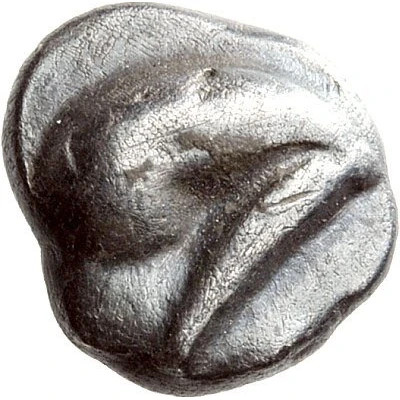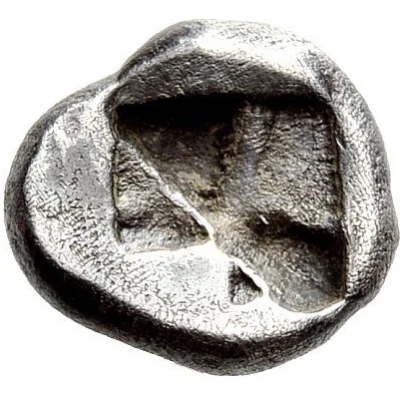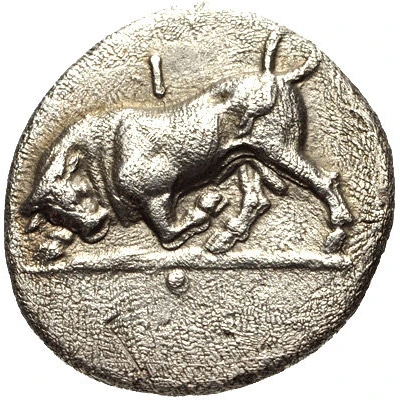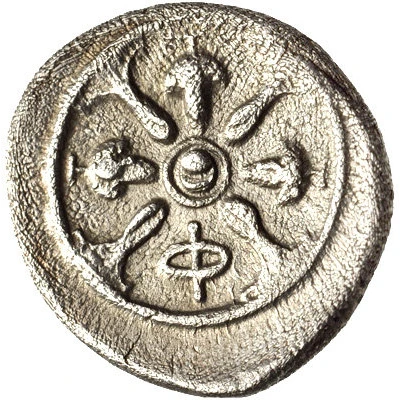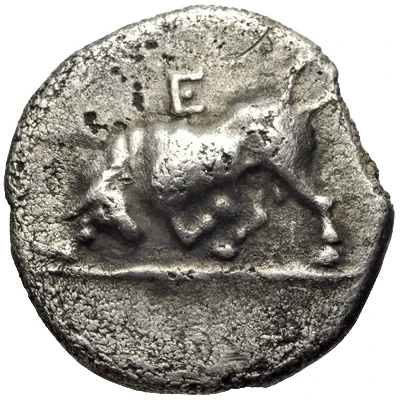
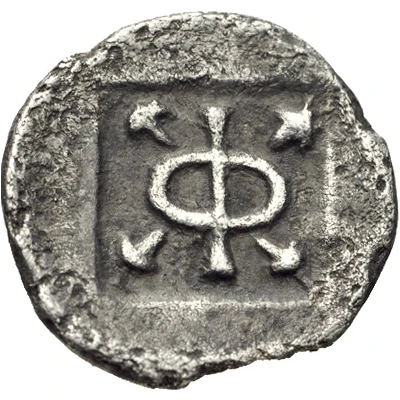

© Classical Numismatic Group, Inc.
Trihemiobol 400 BC - 350 BC
| Silver | 1.17 g | 18.0 mm |
| Issuer | Phlious (Phliasia) |
|---|---|
| Type | Standard circulation coin |
| Years | 400 BC - 350 BC |
| Value | Trihemiobol (¼) |
| Currency | Drachm |
| Composition | Silver |
| Weight | 1.17 g |
| Diameter | 18.0 mm |
| Shape | Round (irregular) |
| Technique | Hammered, Incuse |
| Demonetized | Yes |
| Updated | 2024-10-10 |
| Numista | N#143562 |
|---|---|
| Rarity index | 100% |
Reverse
Large letter Φ surrounded by four grape bunches. All in shallow incuse square
Interesting fact
The Trihemiobol coin from Phlious (Phliasia) was used as a form of currency in ancient Greece during the 4th century BC. Its name "Trihemiobol" comes from the Greek words "tri", meaning three, and "hēmi-", meaning half, referring to the coin's value being equal to half of a drachma, the standard unit of currency in ancient Greece. Despite being made of silver, the Trihemiobol coin was not as valuable as other coins made of gold or electrum, but it was still widely used for everyday transactions.
